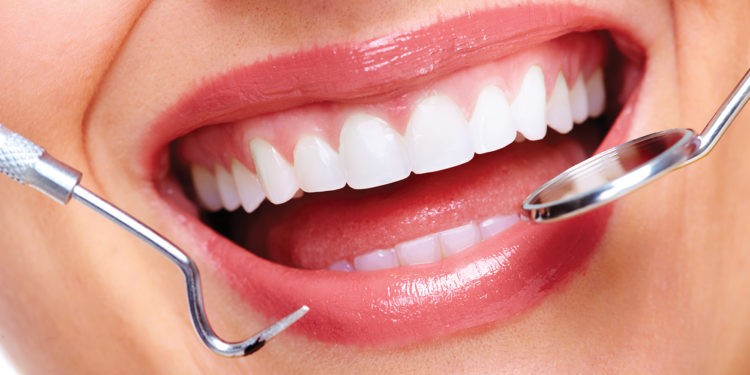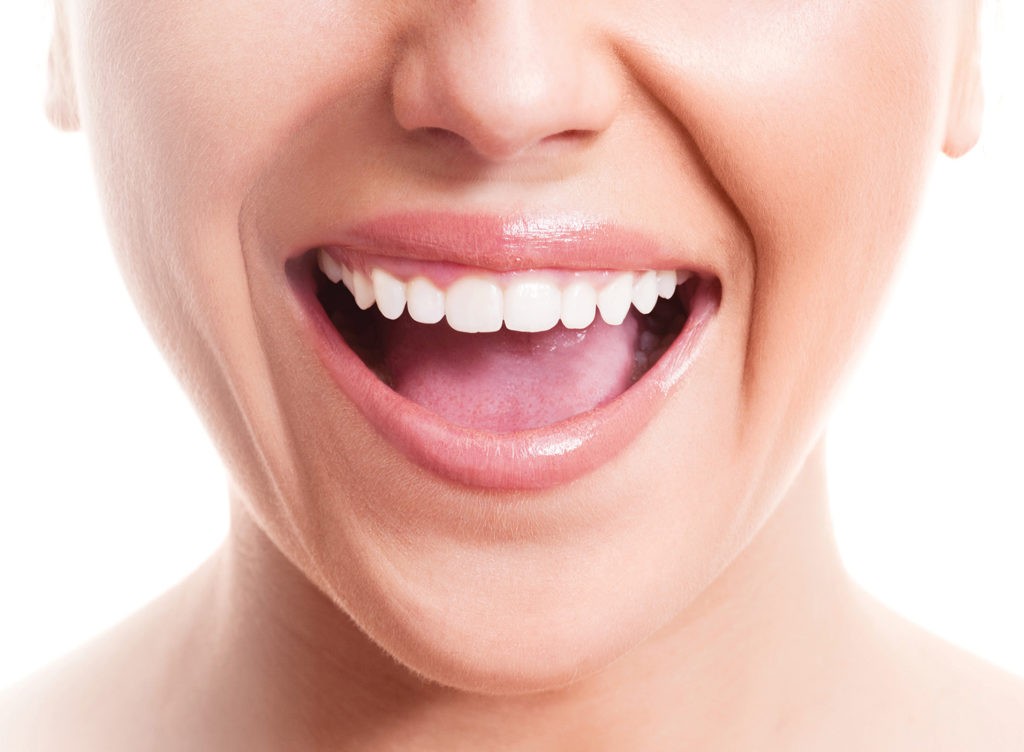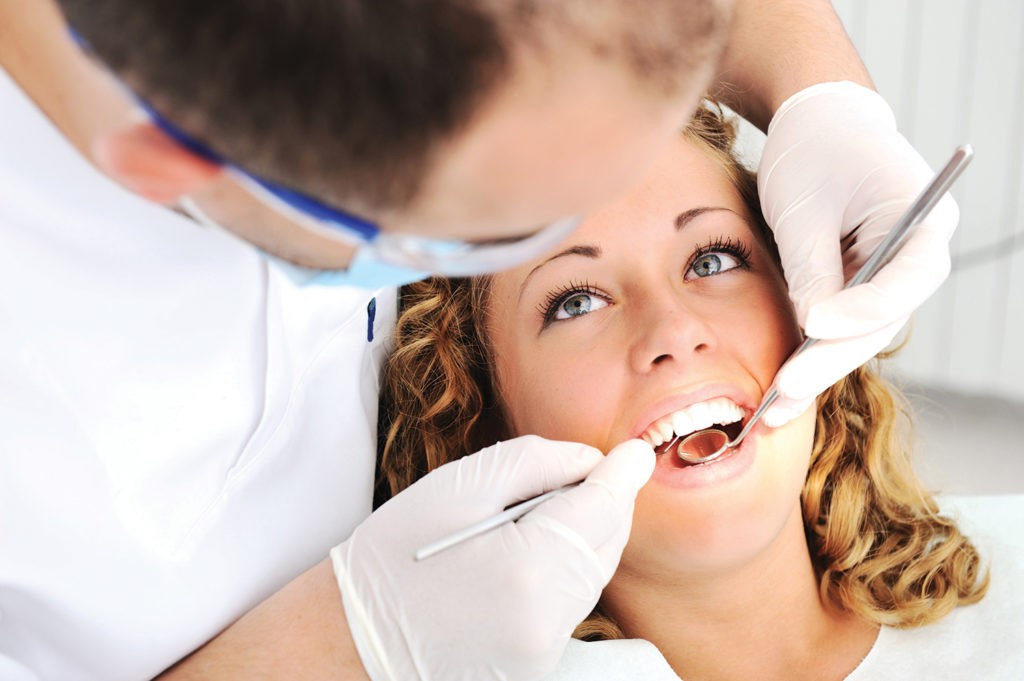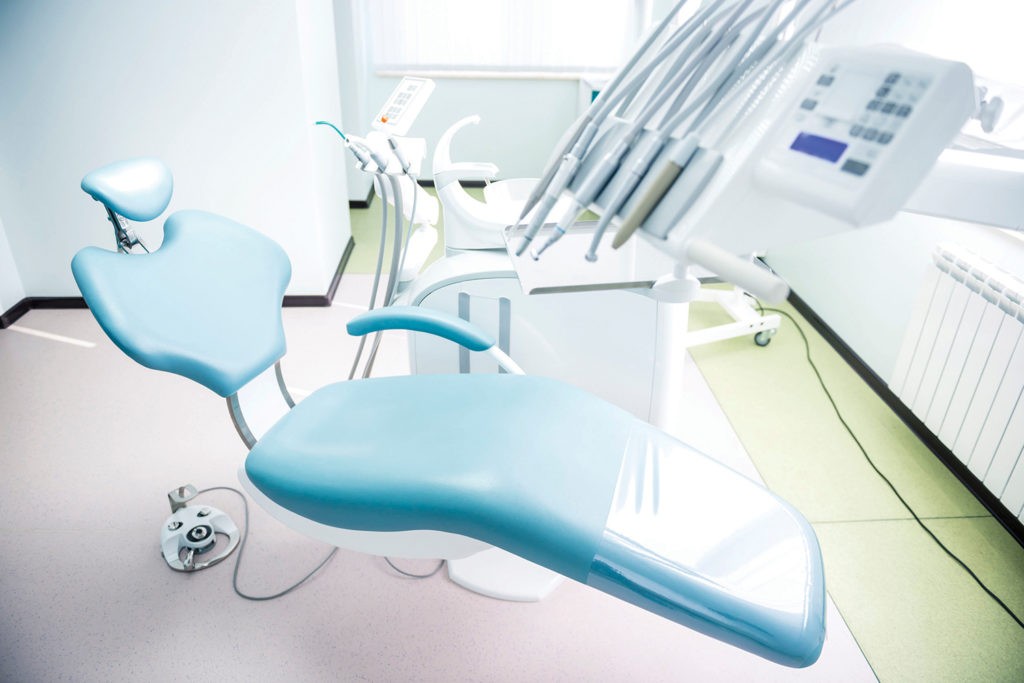Bringing It In

Bridging the Medical Dental Divide
October is National Dental Hygiene Month, a time set aside to raise awareness on the importance of good oral health. The month-long campaign serves as a reminder that the health of your mouth affects your overall health and well-being.
Dental hygiene focuses on the prevention of oral diseases and treating it while it is still in its manageable stages. Dental hygienists, members of the oral health care team, support patients with services including oral health services including prophylaxis, sealants, fluoride treatments, oral cancer screenings, oral health education, and in many states dental hygienists play an active role in placing restorations. Patients themselves support oral health with daily maintenance such as brushing and flossing, and regular visits to the dentist.
Good Oral Hygiene Should Be A Lifelong Goal
Taking good care of your teeth and mouth is a worthy lifelong goal itself. Good oral hygiene habits ward off problems like bad breath, tooth decay, and gum disease. Developing good oral care habits as a youth can mean keeping your teeth throughout your life and avoiding dentures and dental implants. Visiting the dentist can help to correct problems such as diseased, crooked or missing teeth or a misshapen jaw which can interfere with speech; make chewing your food properly difficult and painful, and lead to expensive corrective procedures. Regular visits to the dentist mean treating cavities before they cause significant damage or pain or become more difficult to treat. Thanks to modern dental technology, treating tooth decay for example, especially in the early stages, is often only mildly uncomfortable, at its worse. Medications that numb the area of the decay eliminate the pain of filling a cavity for most people.
All really good things. But there’s much more benefit to good oral hygiene.
Oral Health Matters
Good oral health and regular visits to the dentist can do much more than keep your smile at its best and brightest. Your oral health can also tell a lot about your overall health, including whether or not you are at risk of chronic disease.
Researchers know there is a synergic relationship between oral health and overall wellness. The Centers for Disease Control has noted a growing body of evidence strongly suggesting that gum disease is linked to many illnesses, including diabetes, osteoporosis, rheumatoid arthritis, strokes, and heart disease. Periodontitis has also been linked to premature birth and low birthweight.
In fact, on May 25, 2000, The U.S. Surgeon General issued the first-ever report on oral health in America clearly indicating that oral health has an impact on the overall health of Americans.
The expansive 308-page report, commissioned by the Office of the Surgeon General and prepared under the direction of (now former Surgeon General) Dr. David Satcher, notes that great progress has been made in understanding the most common oral diseases, dental caries and periodontal disease over the last five decades. This significant progress has resulted in marked improvement in the oral health of Americans and other developed-world populations. However, the report also makes it exceptionally clear that, despite these advances, “there exist profound disparities among various population groups in rates of oral and pharyngeal cancers, dental caries and craniofacial anomalies, as well as in general oral health and treatment opportunities.” According to the report, economically disadvantaged children, the elderly, the developmentally disabled, the medically compromised, homebound and homeless people, those with HIV, and uninsured and institutionalized individuals, as well as members of ethnic minorities, remain most vulnerable to oral diseases. The Surgeon General goes so far as to refer to a “neglected epidemic” because of the failure to recognize oral disease as a health priority in the United States despite dental problems sending over one million people to the emergency room each year.
Most oral diseases are completely avoidable with proper preventive care; however, in spite of this proven prevention capacity, oral disease rates among children and adults continue to climb as many fail to have access to dental care. In fact, despite many healthcare gains, dental care continues to be the top unmet healthcare need across vulnerable populations.
Disproportionate Coverage
Today, people are living longer than ever before and, due to better public education, fluoridated water, and dental care advances, people are keeping their teeth. This makes dental care much more complex, especially for an aging population.
Unfortunately for many, the U.S. health care policy is inconsistent and under the Affordable Care Act, dental care is deemed an essential benefit for children, but not for adults. Furthermore, basic Medicare coverage does not include dental care, leaving many adults over the age of 65 without any form of dental insurance.
So, Why the Divergence Between Dentistry and Medicine?
With such a strong and definitive body of evidence surrounding the connection between oral and overall health, why does there exist such a divide between the two and how did it evolve?
Most typically, doctors do not ask if you are brushing and flossing and dentists do not ask if you are exercising. Rather than being treated like a specialty, like dermatology or cardiology, the mouth is treated as completely separate from the body in practice as well as every other capacity, such as medical and dental education, physician networks, EMR systems, payment systems.
The mouth, however, does not know it needs to abide by such conventions and we are slowly coming to understand that.
Why then did the divide even exist?
Historically, the dentist was separate from medicine because we just didn’t know enough about dentistry for it to be very medical. Dentistry was considered a “trade” and approached as a mechanical rather than a medical challenge. Often, you would see a barber/dentist to perform rudimentary procedures like tooth extraction. Dentures were created by other trades. Paul Revere, for example, was a jeweler that additionally made dentures.
It wasn’t until 1840 that dentistry became a recognized profession when, thanks to the efforts of two self-taught dentists, the first dental college in the world was opened in Baltimore. Believing that dentistry was more than a mechanical challenge, the dentists, Chapin Harris and Horace Hayden, approached the physicians at the University of Maryland with the intention of adding dental instruction to the medical course of study. They believed that dentistry deserved the same status, rigorous course of study, peer review and licensing as in medicine.
The physicians, however, rejected the idea in an even still, though not widely, remembered as the “historic rebuff.” Today, this event is seen as symbolic and since that time has to a great degree defined the relationship between dentistry and medicine.
A New Era of Dentistry
In her book, Teeth: The Story of Beauty, Inequality, and the Struggle for Oral Health in America, Mary Otto recounts the story of William Gies, who at the behest of the Carnegie Foundation, visited every dental school in the U.S. and Canada in the 1920’s to formulate a report on the importance of dental care and its value to general health. His conclusion? “Dentistry can no longer be accepted as mere tooth technology.”
Today, we’ve entered a new era, and despite many challenges, we recognize that oral health and general health are and have always been inseparable. At Healthy Kansas City, we see medicine and dentistry and two remarkable disciplines that form one essential and dynamic whole. Next issue, look for our first annual Top Dentist Issue of Healthy Kansas City! This phenomenal issue will spotlight area dentists, creating online awareness of their practices and widening their online audience.
TOP DENTISTS OF KANSAS CITY
1st annual Top Dentists of KC Special Issue
Nov/Dec Issue — Closing Oct 18, 2018
Space Limited
Call 913-709-2228 for more information!








